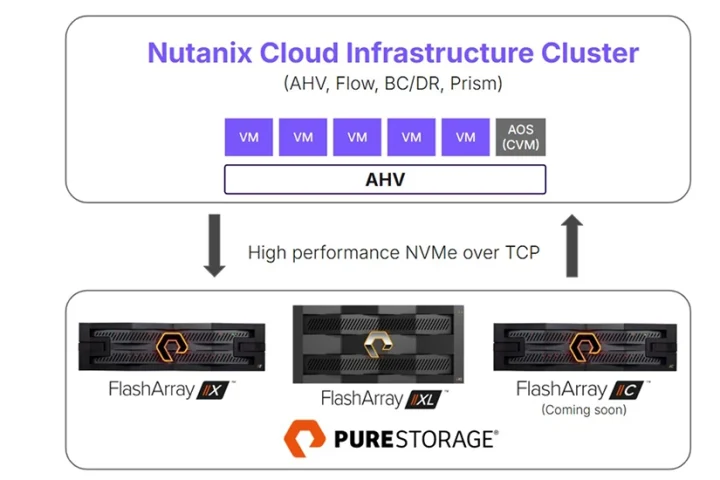The public cloud’s gravitational pull is immense, and we live in an age in which it drags data towards it and away from the customer datacentre. But while the lure of the cloud is undeniable, many of its attractions come at a cost. The cloud promises flexibility in capacity and performance, with the ability to scale up — and down, in theory — and with pay-as-you-go pricing that make it an Opex running cost rather than a Capex spend.
However, the reality can often prove less rosy. Costs can spiral out of control; SLAs have to be monitored in hawk-like fashion and performance cannot be guaranteed as it can on-site. For these reasons many prefer the predictability of their own datacentre. Another option has emerged, a potential best-of-both-worlds, Storage-as-a-service, STaaS.
STaaS is the consumption model of storage procurement, which allows customers to deliver the capacity and performance they need
STaaS is the consumption model of storage procurement, which allows customers to deliver the capacity and performance they need, on-premises, in cloud or any other combination and paid for on an as-a-service basis.
Consumption models of storage purchasing turn the procurement of on-site capacity in block, file and object storage into a pay-as-you-go transaction. That’s in contrast to the traditional ways of on-premises hardware purchasing, where new products were bought on a three-year cycle to replace equipment bought during the preceding refresh three years before. And so on.
Consumption models try to do away with that by turning storage procurement into a service-like experience. Treating storage as a service has the big benefit of being potentially more flexible in terms of scalability and the ability to add more capacity or performance.
Meanwhile, being deployed in the customer datacentre means storage performance can be better than it would in the cloud and nowhere near as susceptible to suffering any degradation over the wide area network.
Also, bills and usage are likely to be more predictable, especially without costly cloud peculiarities such as egress charges, which can mount up unnoticed and result in huge bills. Concerns about security that go with the cloud are also mitigated. STaaS can also be filed as an Opex cost and so can be offset against tax.
To sum up, consumption models of storage procurement potentially offer flexible and scalable capacity and performance operated on-site but billed as if it were a service, with the potential to link to the cloud as an extension of the datacentre. And all treated as an Opex cost.
So, what should customers look out for in STaaS offerings? Core to consumption model offerings is the ability to deploy storage capacity on-site and be billed for consumption.
Key to watch out for here, however, is that the service is being truly delivered as a service. In other words, levels of capacity and performance should be underwritten by SLAs, and when more hardware is required to meet those, it should be delivered and deployed non-disruptively.
Storage as a service has the benefit of being potentially more flexible in terms of scalability and capacity or performance
Most vendors offer something that is more like a leasing agreement, in which their products are deployed on a three- or five-year cycle with forklift upgrades at the end. By contrast, the best StaaS offerings work to guaranteed service levels with automated upgrades to meet performance and capacity guarantees without extra cost and which are triggered by AI-based monitoring and telemetry.
Customers should also check the storage supplier’s ability to deploy file and block access storage as well as fast file and object storage in the same hardware, with tiers of performance defined by input-output speed, throughput and capacity. That way, all workloads are covered, from rapid transactional block access, via unstructured file data, to the rapid throughput performance needed for analytics and restores from backup data.
Monitoring software should give the customer an easy-to-read view of capacity usage and performance across on-prem storage infrastructure and the cloud, that shows how things are matching up to SLAs. It should also allow the ability to provision storage. AI-driven tools should enable prediction of future usage and be part of the process of triggering performance and capacity upgrades.
Storage capacity and performance should be underwritten by SLAs, and when more hardware is required, it should be delivered and deployed non-disruptively.

























